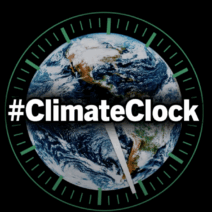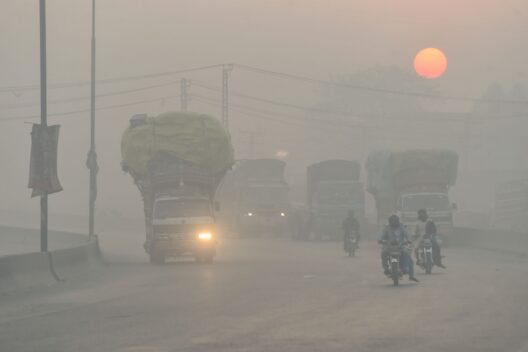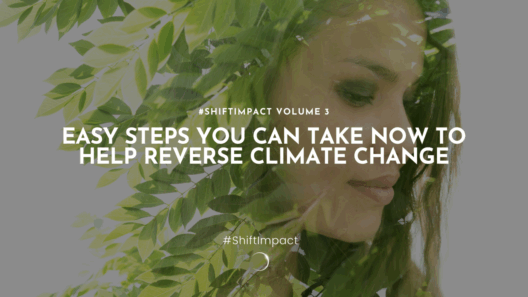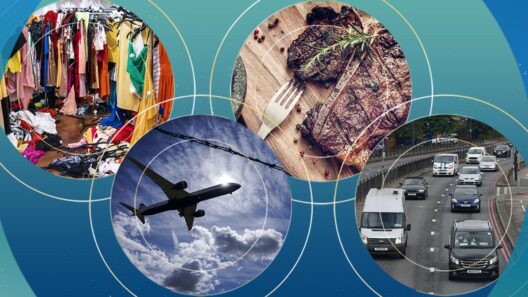In the complex tapestry of our planet’s environmental health, two terms often emerge in the dialogue surrounding climate issues: “global warming” and “climate change.” At first glance, one might assume these terms are interchangeable, akin to the way a shadow might mimic the shape of an object but fails to grasp its depth and nuances. However, distinguishing between the two is not merely an academic exercise; it carries significant implications for our understanding of the Earth’s future and our collective responsibility towards it.
The Distinctive Definitions
Global warming specifically refers to the long-term increase in Earth’s average surface temperature due to human activities, primarily the emission of greenhouse gases like carbon dioxide and methane. This phenomenon can be envisaged as a slow simmering pot on the stove, where heat accumulates gradually, causing the water to warm over time. In contrast, climate change encompasses a broader spectrum of alterations to climate systems, including changes in precipitation patterns, shifts in seasons, and the frequency of extreme weather events. It is as if our intricate climatic clock is not only ticking differently but also changing its gears altogether.
While global warming represents one facet of a larger problem, climate change encompasses all the myriad effects resulting from that warming. It’s essential, then, to recognize that while global warming is a critical part of climate change, it does not capture its full scope and ramifications.
The Impacts: A Ripple Across the Waters
Understanding the distinction between global warming and climate change is imperative when assessing the impacts on ecosystems, agriculture, and human societies. The rising temperatures associated with global warming can lead to more severe droughts in some areas while triggering torrential rainfall in others. This duality can be likened to a coin that simultaneously reveals both heads and tails, each side presenting unique challenges that require tailored solutions.
Moreover, climate change manifests through the melting of polar ice caps and glaciers, contributing to rising sea levels. Picture expansive glaciers retreating like a slow-motion curtain call, revealing landscapes previously obscured by their icy embrace. Coastal cities worldwide face the impending threat of inundation, necessitating a reevaluation of urban planning and infrastructure resilience.
Wildlife on the Brink
The ramifications extend far beyond human interests. Shifting climate conditions disrupt habitats, and species face the arduous task of either adapting to new realities or facing extinction. Consider the polar bear, an emblematic species of the Arctic, whose survival is intricately tethered to the ice it calls home. As that ice recedes, so do the opportunities for hunting and breeding, exemplifying the poignant balance that nature maintains and the peril that comes with its disruption.
Health Implications: A Ticking Time Bomb
Human health also stands at the crossroads of global warming and climate change. Rising temperatures can exacerbate air pollution, heightening the frequency of respiratory ailments such as asthma. Additionally, warmer weather fosters the proliferation of disease vectors, such as mosquitoes, expanding the reach of illnesses like malaria and dengue fever. This insidious creep of health risks can be likened to an impending storm, darkening the horizon and demanding proactive measures.
A Call for Action: Regaining Control
Understanding the nuances between global warming and climate change informs our response to these challenges. To combat global warming, concerted efforts must focus on reducing greenhouse gas emissions through sustainable practices, transitioning to renewable energy sources, and promoting energy efficiency. The metaphor of the “green revolution” embodies this necessary shift in mindset, as we cultivate not just crops, but a sustainable future.
Simultaneously, addressing the broader implications of climate change necessitates resilience strategies that consider the multifaceted impacts on biodiversity, economic stability, and public health. Communities must engage in adaptive strategies, much like a sailor adjusting the sails when winds shift unexpectedly. Investing in green infrastructure, implementing adaptive agricultural practices, and fostering community education are steps toward mitigating the impending dilemmas posed by climate change.
The Role of Policy and Advocacy
In this battle against the advancing tide, policy plays an instrumental role. Governments must enact rigorous regulations aimed at curbing emissions and incentivizing sustainable practices. Regional agreements and international accords such as the Paris Agreement symbolize our collective recognition of climate imperatives. However, grassroots movements hold equal weight, igniting awareness and advocating for change from the ground up. As the saying goes, “many drops make an ocean,” and such collective advocacy is crucial for instigating legislative change.
Conclusion: The Path Forward
The discourse surrounding global warming and climate change is more than semantics; it is a clarion call for acknowledgment, understanding, and decisive action. As we navigate the unchartered waters of environmental crises, acknowledging the distinction between these two concepts can illuminate our approach to mitigating their impacts. It is our responsibility to ensure that the planet we bequeath to future generations is not one ravaged by climate extremes, but rather a flourishing world, resilient and harmonious in its ecological balance. From individual actions to widespread governmental policies, our choices today shape the climate’s future tomorrow.






